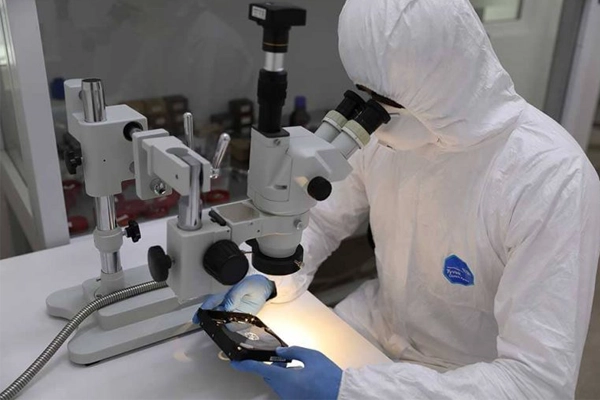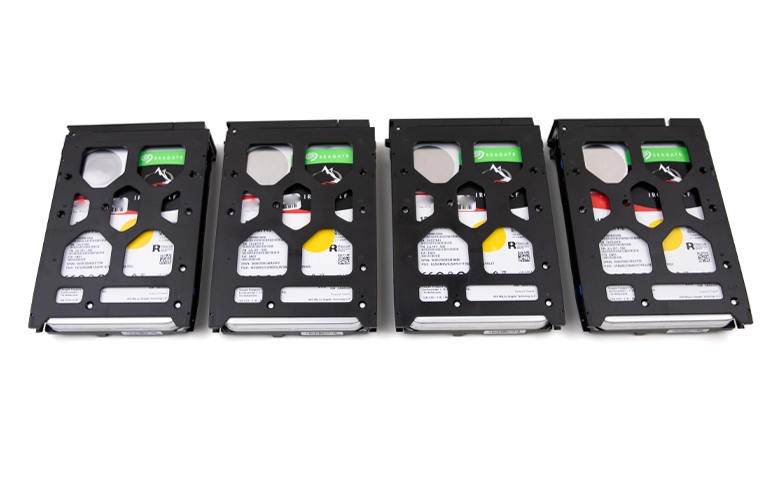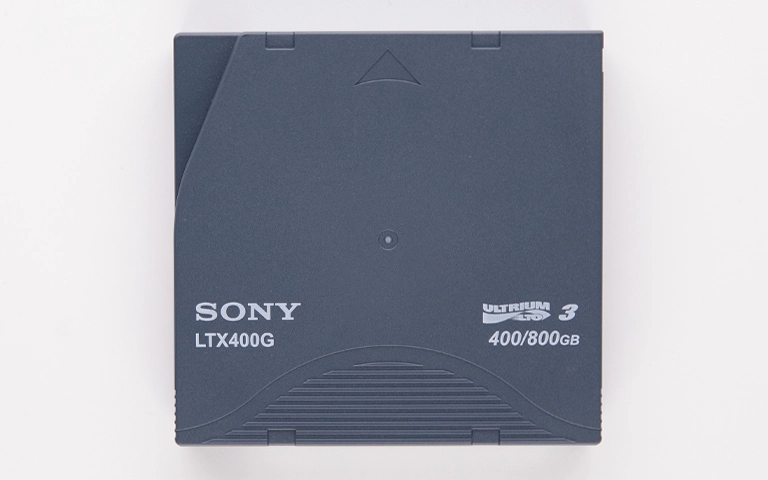The WD Black SN850X NVMe SSD is one of the fastest drives available today, widely used by video editors, content creators, and professionals who demand reliable high-speed storage. But when a drive fails, especially without a backup, it can disrupt production timelines and result in critical project loss.
This article details how our team recovered a client’s DaVinci Resolve project files and large MXF video files from a failed SN850X SSD formatted in exFAT.
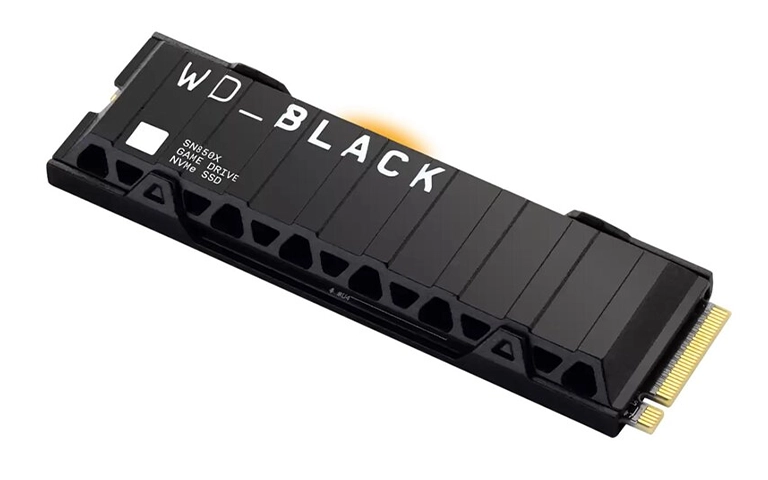
What Happened
A video editor contacted us after losing access to a 2TB WD Black SN850X SSD used for ongoing video production. The drive contained multiple commercial projects, including a complete DaVinci Resolve project folder with raw MXF files.
Some of the video files began showing as 0 bytes in Finder. Within a day, the drive stopped mounting altogether. Disk Utility failed to repair it, and the client feared permanent data loss.
The SSD was formatted using exFAT, a cross-compatible file system used across macOS and Windows systems. The combination of frequent reads and writes, along with a sudden crash, likely corrupted the file system. Additionally, the client confirmed that no backup was available.
Understanding exFAT and MXF File Structures
exFAT is commonly used for its compatibility across operating systems, but it lacks journaling and is prone to corruption if the drive is disconnected improperly or suffers a power loss.
The lost files were primarily in MXF (Material Exchange Format), a professional video container used in DaVinci Resolve and Adobe Premiere workflows. Each MXF file contains not just video, but associated metadata and audio tracks. Without them, project timelines cannot be reloaded or exported correctly.
DaVinci Resolve stores project cache, proxy files, LUT references, and metadata in specific folder structures. If these are broken or MXF files are missing, the timeline becomes incomplete or won’t load.
Get a Free Consultation.
Our recovery experts are ready to assess your device and guide you through the safest path to recovery. Fill out the form to get started.
"*" indicates required fields

Our Recovery Process
After receiving the SSD at our lab, our engineers performed an in-depth hardware and firmware analysis as part of the Western Digital SSD Data recovery process.
Step 1: Non-Destructive Evaluation
We safely connected the SSD to a dedicated PCIe data recovery platform, which allows us to communicate with NVMe devices at a low level. The drive was not recognized by standard systems, confirming internal firmware or NAND issues.
Step 2: Firmware Access and Translator Rebuild
The WD SN850X uses proprietary firmware layers and a Flash Translation Layer (FTL) that maps logical file systems to physical NAND blocks. In this case, the FTL had become corrupted, making the file system unreadable.
Using vendor-specific tools, we accessed the firmware modules, corrected corrupted microcode, and rebuilt the translator. This allowed us to remap logical addresses and regain low-level access to the stored data.
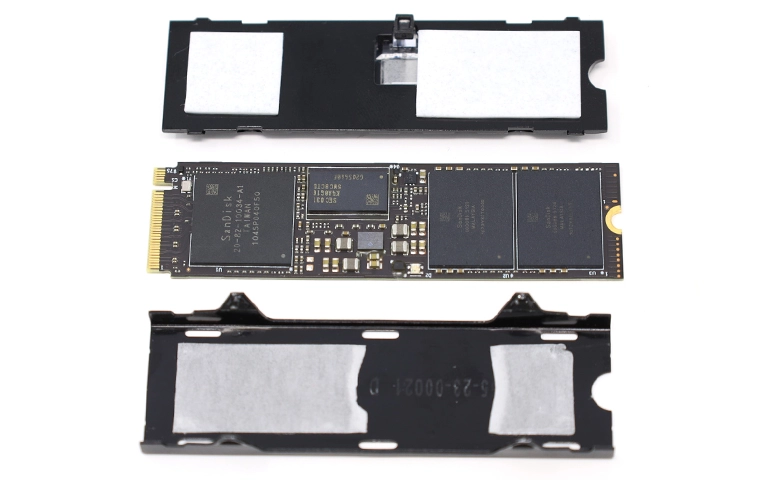
Step 3: Imaging and File System Repair
We created a full binary image of the NAND contents and isolated bad blocks. We then manually reconstructed the exFAT file system and restored directory structures.
Even though the file entries for some MXF files showed 0 bytes, the actual data clusters were intact. We verified file headers and footers, rebuilt broken index tables, and recovered working versions of the missing MXF files.
Step 4: Project Recovery
Once the file system was restored virtually, we recovered:
- Complete DaVinci Resolve project folders, including .drp and .db files
- Over 1TB of MXF raw footage, all validated and playable
- Organized folders for each client video shoot, re-linked to the DaVinci timeline
The recovered files were delivered on a new SSD formatted in APFS, compatible with the client’s Mac Studio.
Your Data Security Is Our Priority
Data privacy isn’t optional. It’s our commitment. Our secure recovery process ensures your sensitive information stays protected from start to finish.
Trust in certified security. Start your recovery today! Call Now: 888.611.0737
Disclaimer
Attempting to repair or recover NVMe SSDs at home using software tools can lead to permanent data loss. These drives use complex firmware-level encryption, proprietary controllers, and wear-leveling algorithms that require professional-grade hardware access.
Short circuits, static discharge, or incorrect software commands can corrupt the NAND or firmware, making data unrecoverable even by professionals.
If your SSD fails, stop using it immediately and avoid any DIY tools. Disconnect it and seek help from a qualified data recovery lab.
Why Choose PITS for NVMe SSD Recovery
Our lab is equipped with advanced SSD recovery platforms, including:
- PCIe NVMe readers with low-level access
- Proprietary firmware modules for WD Black SSDs
- Tools to rebuild corrupted FTL and translator maps
- Expertise in exFAT, APFS, HFS+, and hybrid file systems
We also perform bit-level validation to ensure project files like MXF and DaVinci Resolve folders are fully functional and re-linkable.
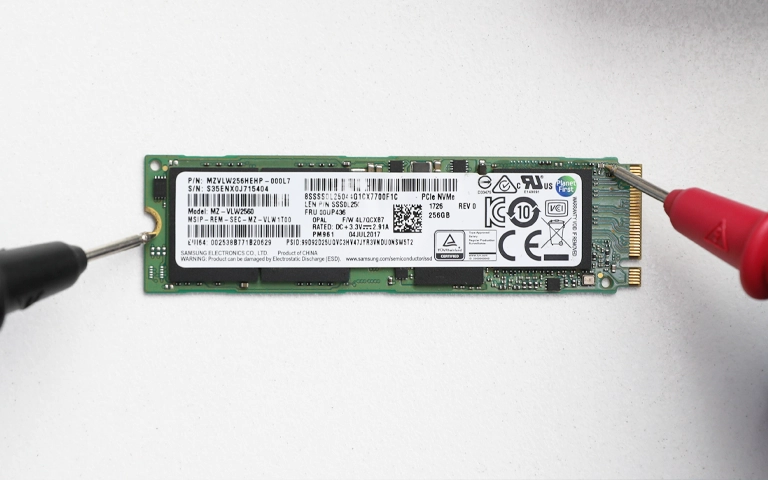
Conclusion
The WD Black SN850X offers top-tier speed and reliability, but no storage device is immune to failure. When the stakes are high and timelines are tight, recovering data from a failed SSD must be done correctly from the beginning.
Thanks to advanced firmware access tools and deep file system expertise, PITS Data Recovery successfully restored a full commercial DaVinci Resolve project and MXF video files from a failed SN850X.
If you experience similar data loss, reach out to our team immediately. We provide expert NVMe SSD recovery services with a 99% success rate and strict confidentiality.
Don't Let Data Loss Ruin Your Business
Minimize business disruption. We retrieve lost data fast, so you can focus on what matters.

